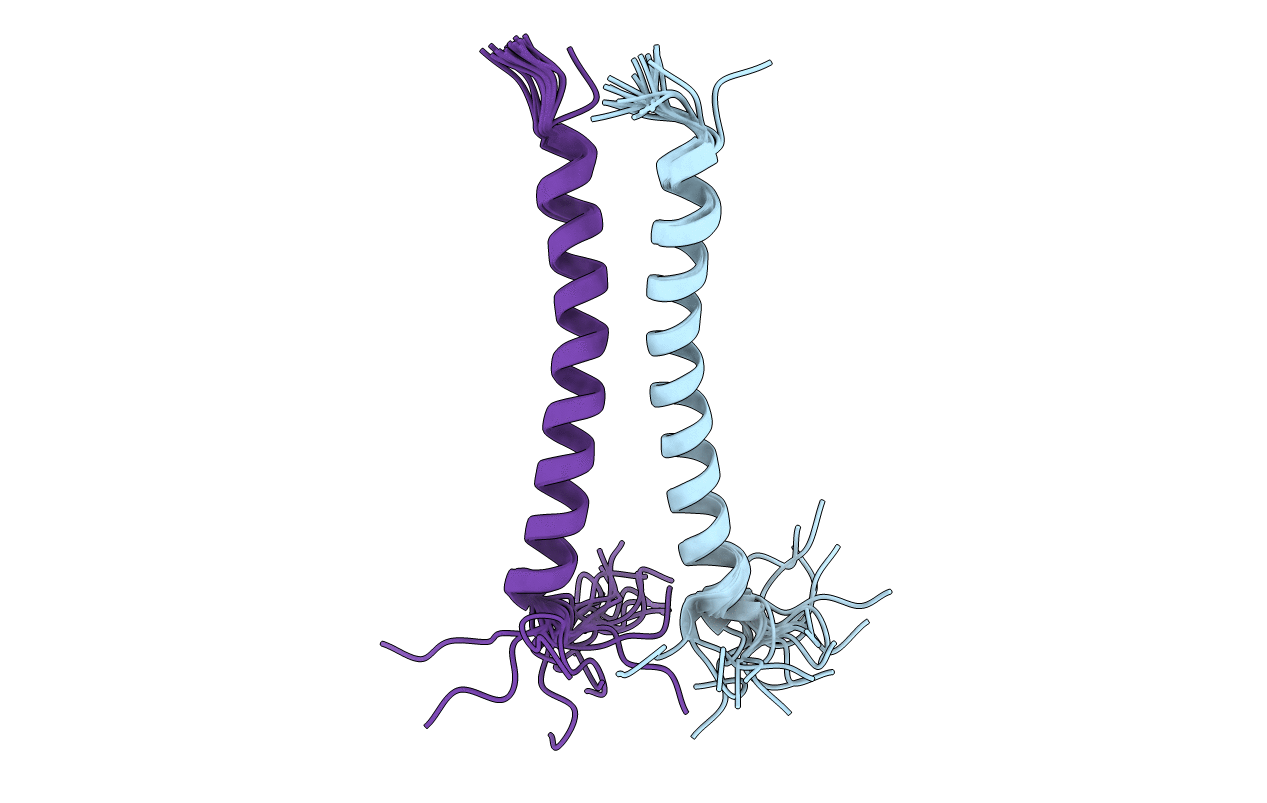
Deposition Date
2011-02-24
Release Date
2011-05-18
Last Version Date
2024-05-15
Entry Detail
PDB ID:
2L9U
Keywords:
Title:
Spatial structure of dimeric ErbB3 transmembrane domain
Biological Source:
Source Organism:
Homo sapiens (Taxon ID: 9606)
Host Organism:
Method Details:
Experimental Method:
Conformers Calculated:
200
Conformers Submitted:
20
Selection Criteria:
target function


